Building works on the new Siena Convent and cloister were completed. The Convent was officially blessed and opened on 17 December by Archbishop Daniel Mannix.
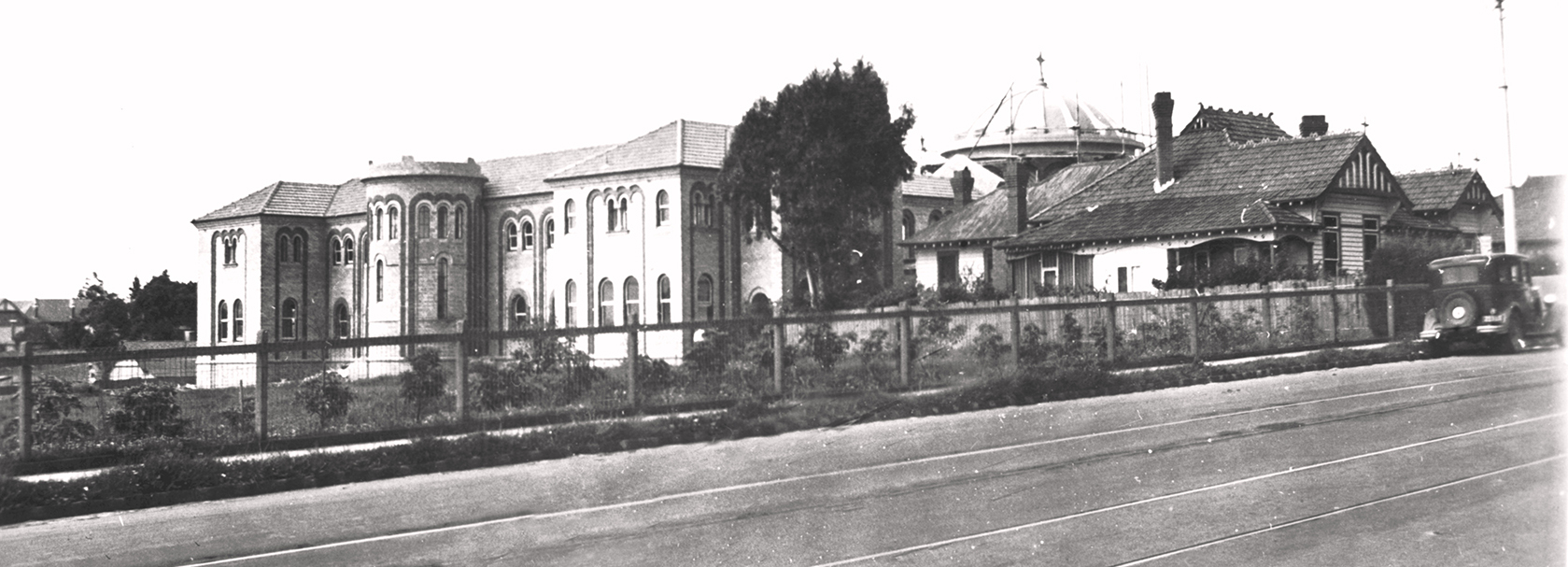

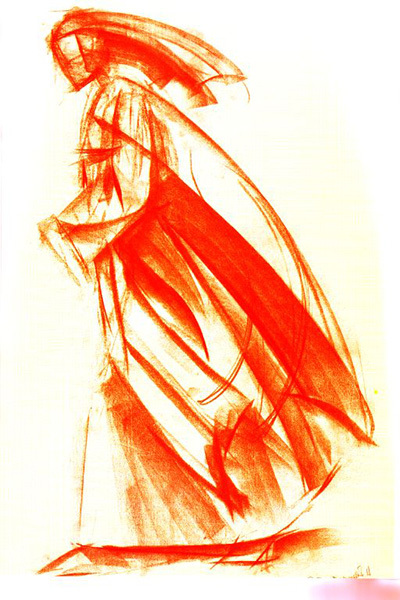
Born in Caleruega, Spain, St Dominic de Guzman (1170-1221) founded a religious order to preach the Word of God. The Order of Preachers was approved in 1216 and so began a religious tradition that has spread across the world. St Dominic believed in the power of education to develop well informed, articulate people whose lives through prayer, community and service, would best reflect the life of Christ to the world. Dominican theologians, philosophers and preachers such as St Albertus Magnus, St Thomas Aquinas, Fransisco de Vitorio and Antonio de Montesinos inspired critical thinking of the law, the role and actions of world leaders and of the Church.
Our patron, St Catherine of Siena (1347-1380), a lay Dominican whose intense spirituality inspired others around her, had considerable influence on religious thinking and on the political leaders of the day, most famously when she encouraged Pope Gregory XI to return from Avignon to Rome and take up his duties more directly.
Branches of the Order spread rapidly throughout Europe with a foundation in Dublin, Ireland, being established in 1224. On 10 September 1867, eight Sisters from Dun Laoghaire, Ireland, arrived in Australia to settle and establish a convent at Maitland, thus spearheading a new chapter in the Dominican story.
At the request of Archbishop Mannix in 1926, four Dominican Sisters from West Maitland came to Camberwell. On 13 August, MM Concepta O’Donoghue, SM Loreto Cockerill, SM Perpetua Hermann and SM Placid Flaherty were met at Spencer Street (Southern Cross) station by the Dominican Vicar-Provincial, Father Jordan Powell, the Prior of St Dominic’s, Father Hogan, Father Rupert Roche OP, Mrs Annie Rudd, a former Maitland pupil, and her daughter and cousin. A month later on 12 September, the tiny two bedroom cottage in Riversdale Road, in Camberwell, was officially opened and blessed by Archbishop Mannix.
The Sisters supported the work of the friars at St Dominic’s Parish and Primary School in Camberwell, but soon came to realise that there was a need for a secondary school. Over the next ten years, the Sisters began the planning and development of a much larger convent that would act as both convent and school for many years.
Siena Convent School opened in 1940 with fifteen enrolled students, but it was only in 1961, that a purpose built school building was developed and opened. While there have been many changes to the building, population, size and curriculum, it is the Dominican tradition that remains a constant living presence which underpins our Siena community.
Building works on the new Siena Convent and cloister were completed. The Convent was officially blessed and opened on 17 December by Archbishop Daniel Mannix.

Siena Convent started out with fifteen young women as the first students on 6 February 1940. At the end of the decade, there was a total enrolment of fifty-seven women.
The uniform comprised of a lemon yellow checked dress, green jumper and rust blazer. However, it was not sustainable due to war restrictions in obtaining the garment materials.
In 1943, four students became the first graduates of the Convent. Two students went on to pursue a Commerce and Science degree and the remaining two entered the Education Department.
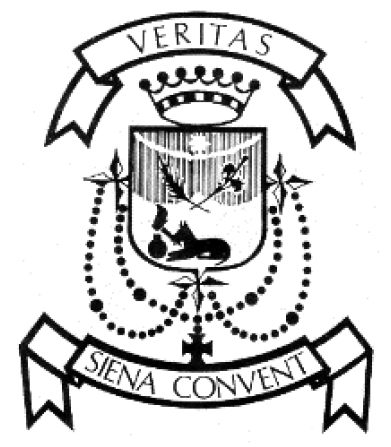 | 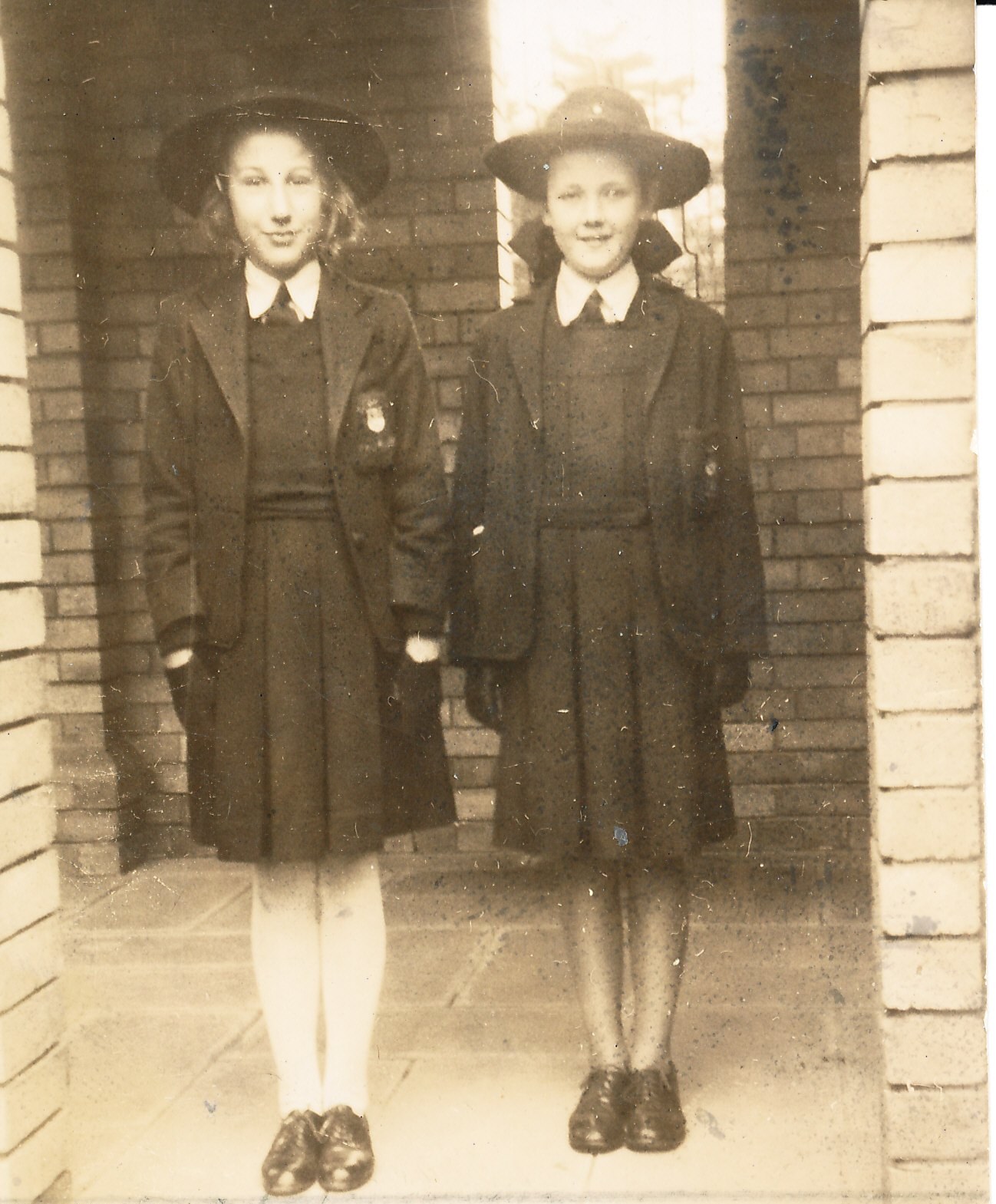 | 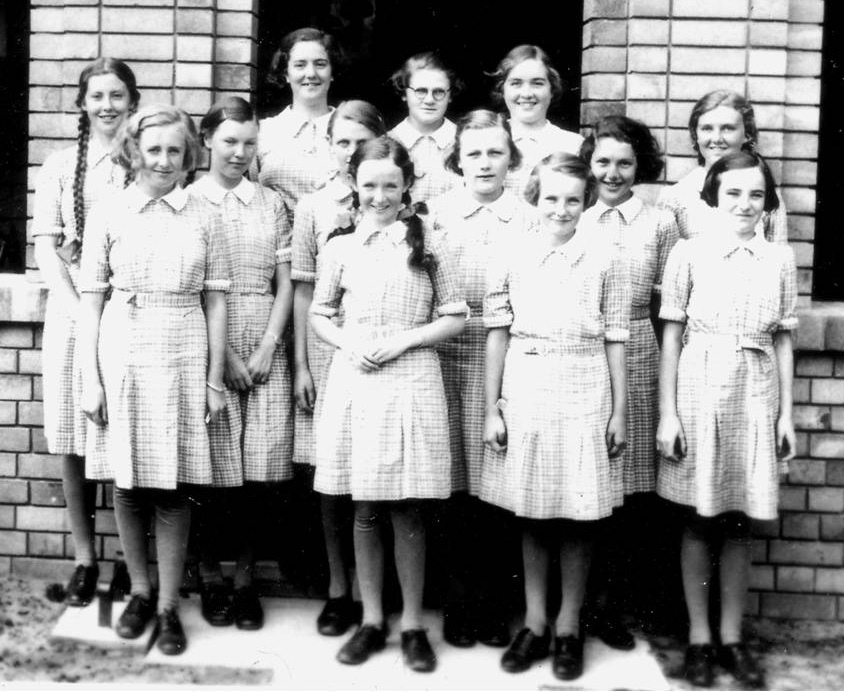 |
Student enrolments went from nearly sixty to a hundred and fifty-six students.
The winter uniform consisted of a simple rust tunic, green tie and rust jumper, accompanied by a rust blazer and beret.
The Dominican Sisters purchased the Compton St Cottage to expand the school.
1948 graduate, Ursula McKenna, received her MBBS (Hons) in Medicine and Surgery.
The student newspaper, Rustling Leaves, first published in 1952.
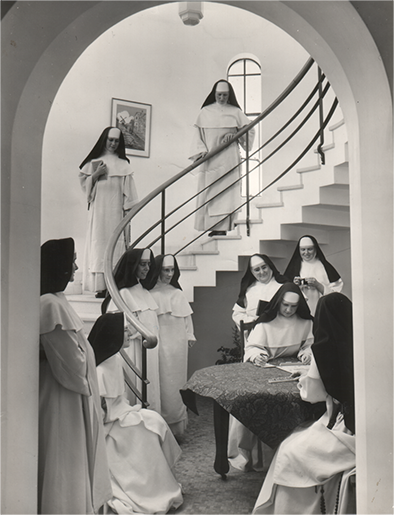 | 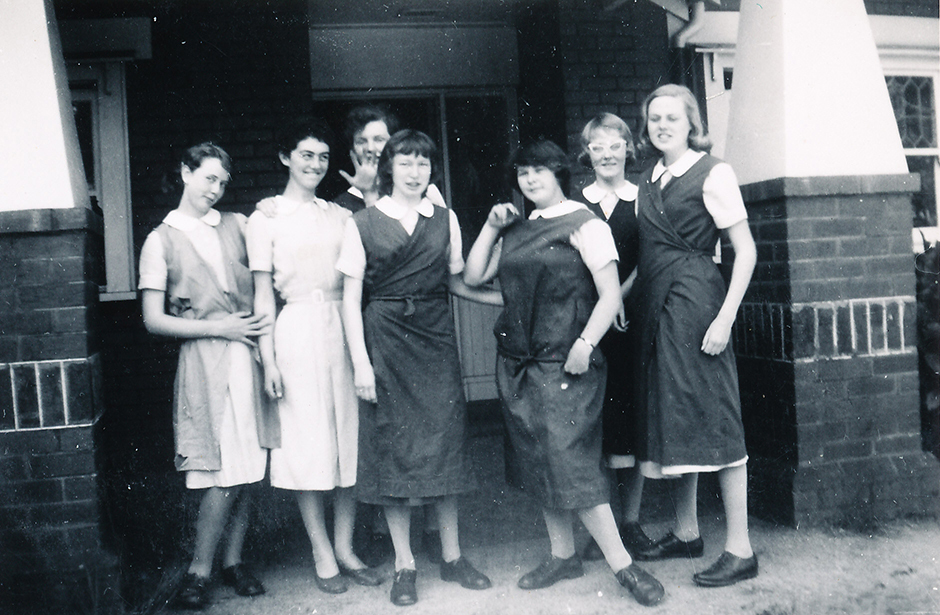 |
Student enrolments went from 200 to 310 students.
Uniform accessories included a green pinafore to protect the uniform, as well as indoor shoes to protect the parquet flooring.
Major building works commenced to incorporate administration offices, six classrooms, a science laboratory, library and hall.
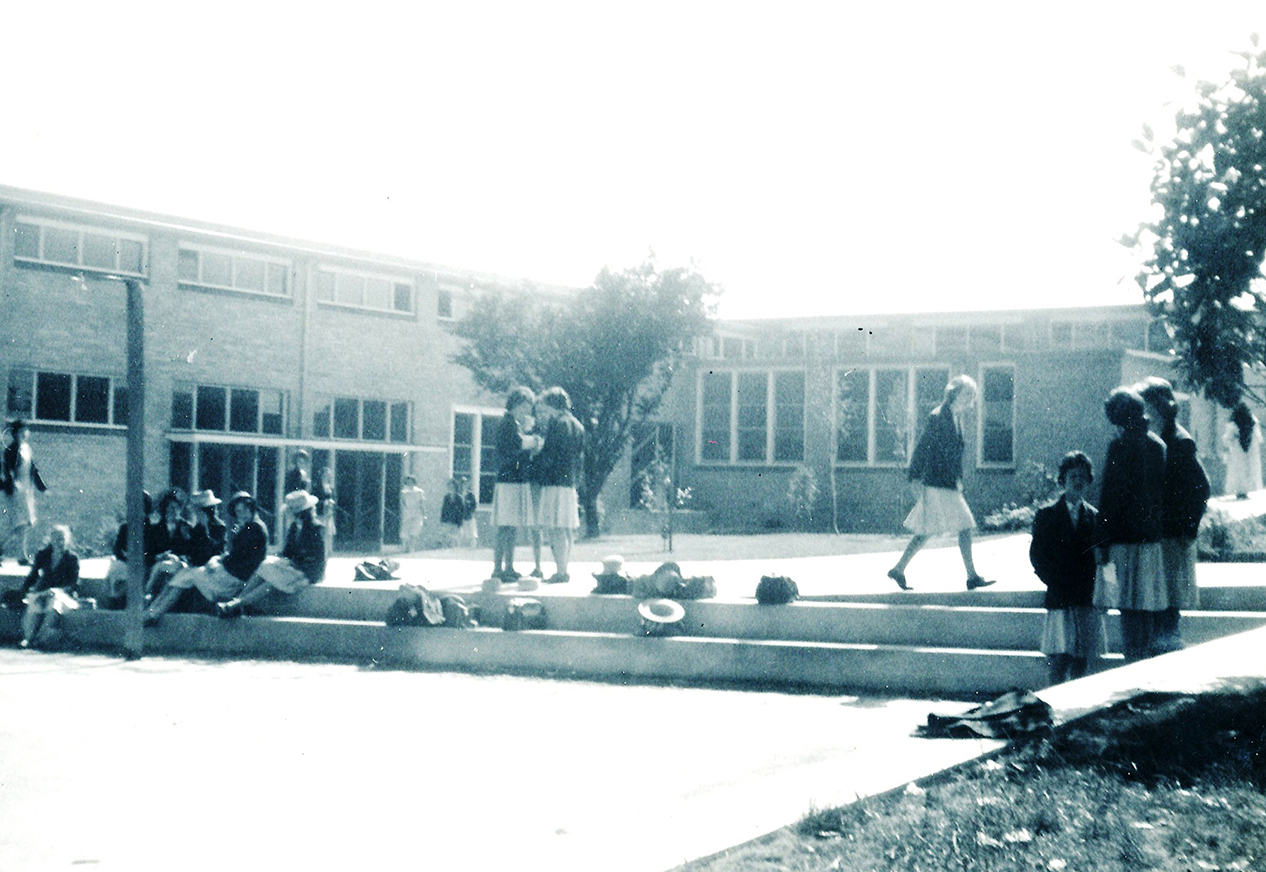 | 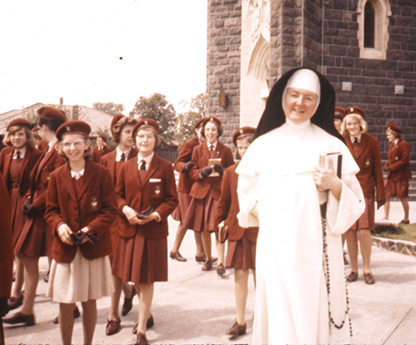 |
Student enrolments increased from 354 to just over 500 students.
The winter tunic evolved into a skirt, while the summer dress went from beige to cream. Hemlines were shortened and the use of hats, gloves and stockings was discontinued.
A major building project involved the connection of a new three storey wing to the 1960s expansion. Two properties on Hocknell Street were purchased and the Compton Street Cottage got converted to Music and Art and Craft rooms.
Siena Convent changed its name to 91ԭ��.
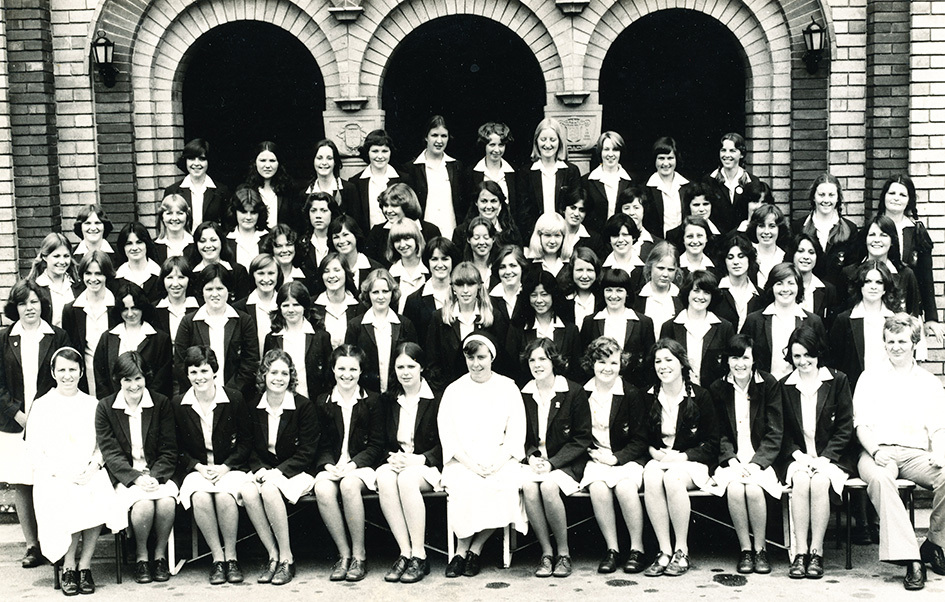 | 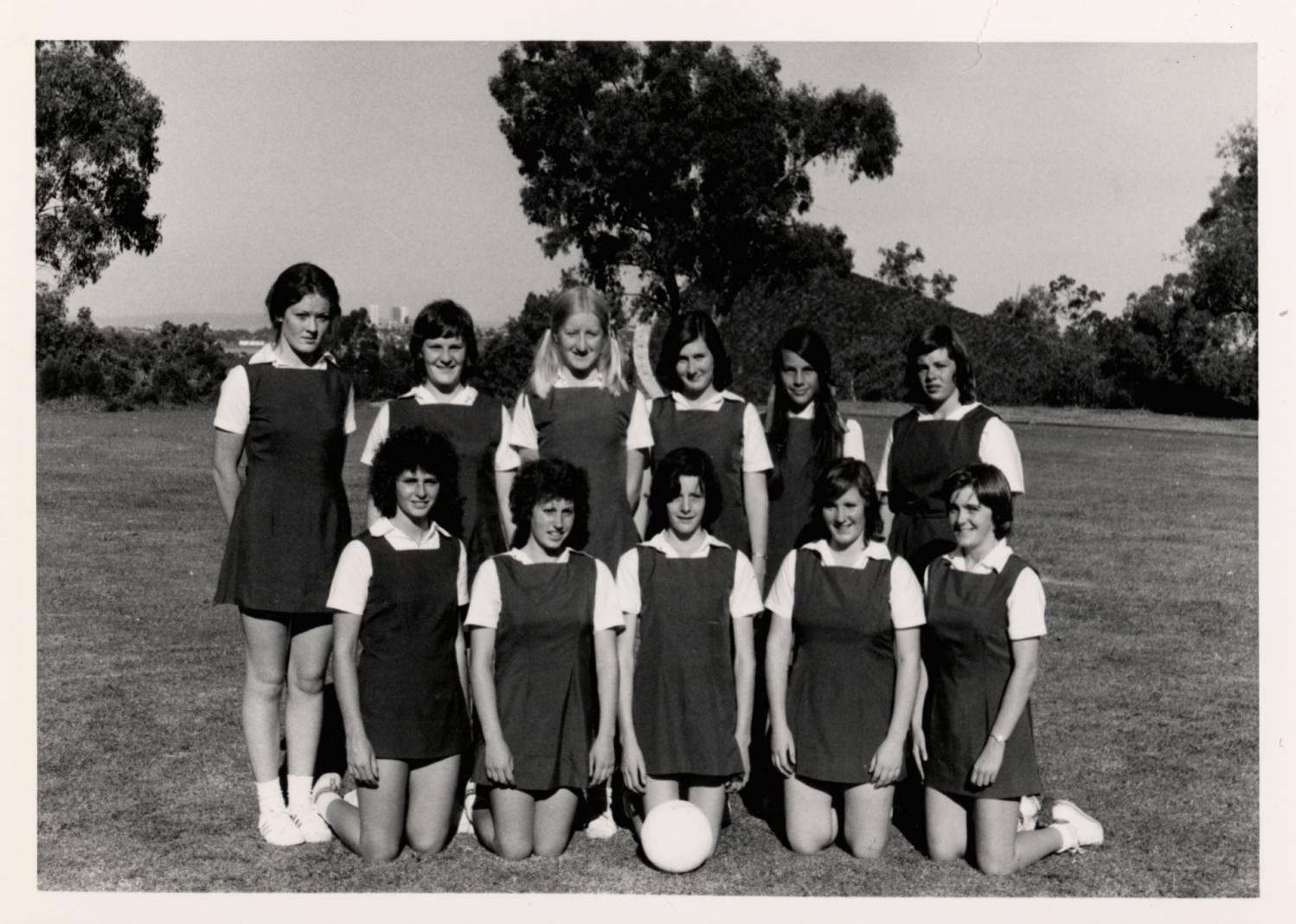 |
Student enrolments increased from just over 500 to 520 students.
A new administration building was added to the 1960s building extensions and a commissioned St Catherine bust was unveiled in conjunction with the new building opening ceremony.
Changes were made to the College uniform: hemlines were lengthened, brown T-bar shoes were replaced with lace ups and ties were no longer used.
The College employed a total of fifty-four staff members.
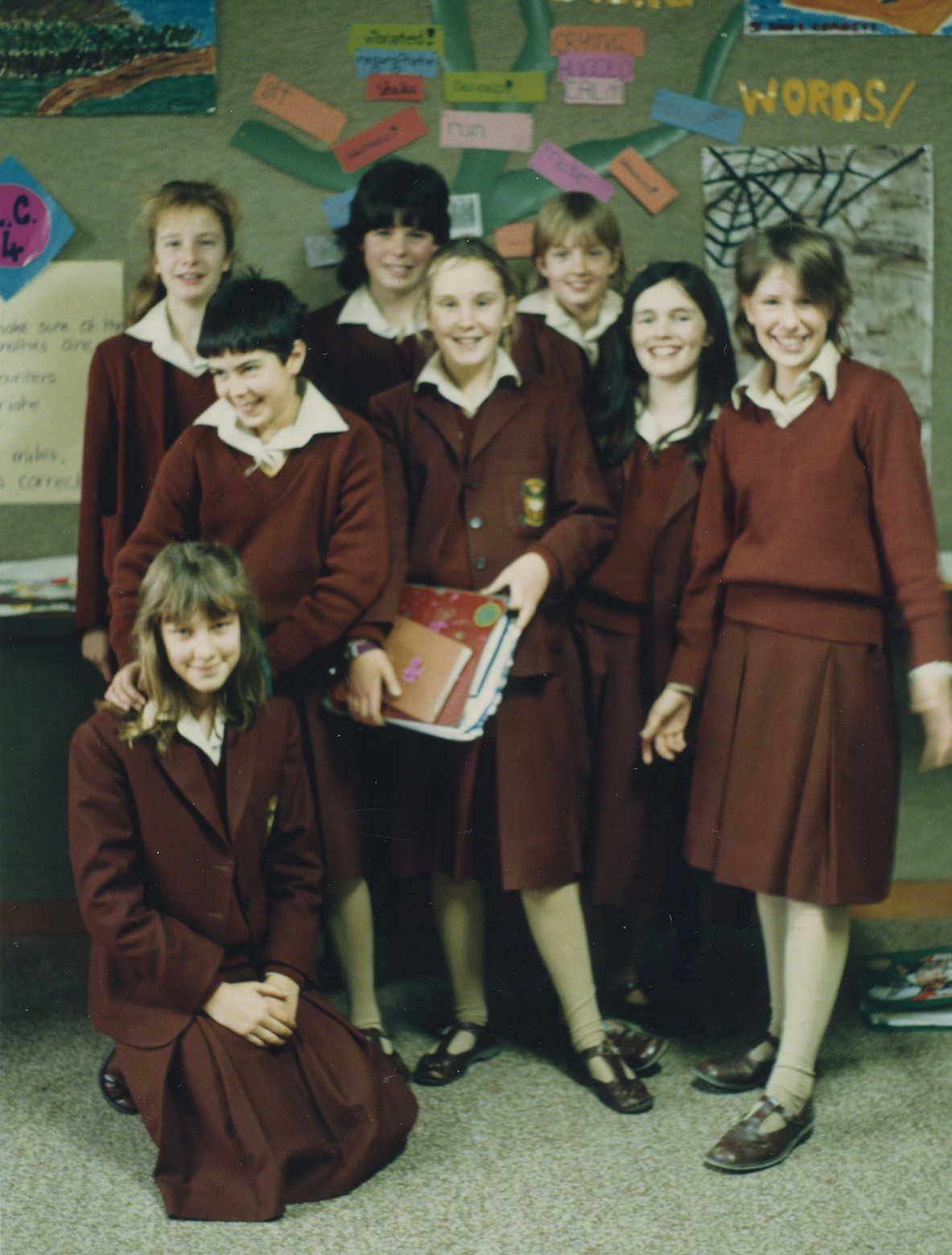 | 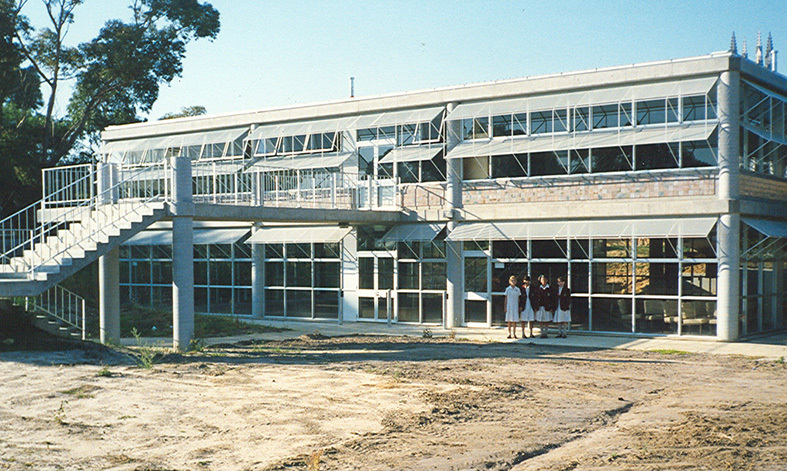 |
Student enrolments increased from 522 to 616.
In the late 90s, the rust winter skirt evolved into a plaid skirt and the summer dress went from cream to a checked rust fabric.
An extensive two storey building was constructed at the back of the College which included six new classrooms, four offices multi-purpose area and a large open area.
The much loved Fiesta celebrations were introduced to celebrate St Catherine’s Day in 1999.

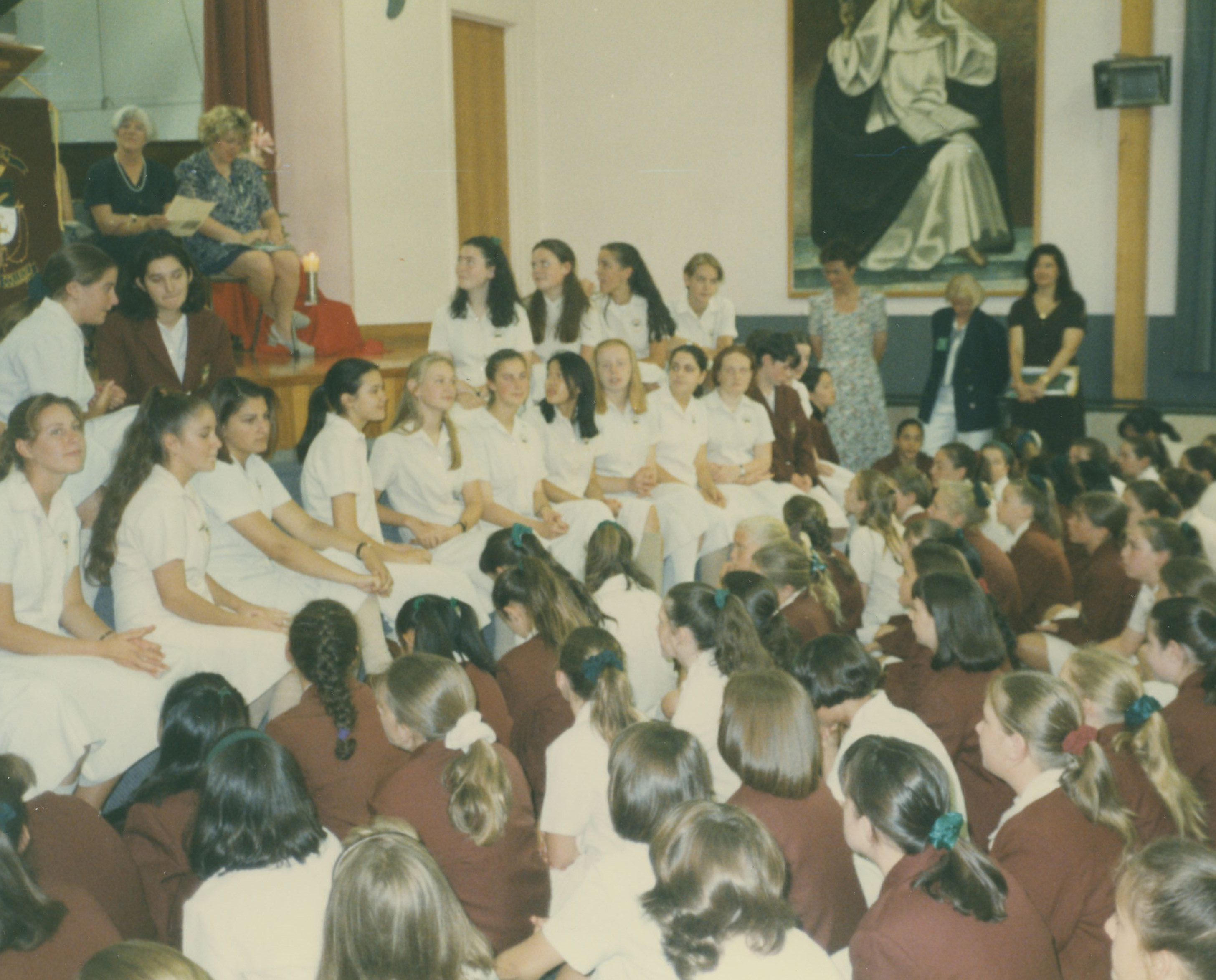
Student enrolments increased from 637 to 664.
A St Catherine statue, sculpted by Pauline Clayton, was unveiled during the opening of the Piazza di Santa Caterina at the College front.
Renovation works to the Convent included the addition of a new staff room, classrooms and the transformation of the old staff room into a Careers Centre, Student Services, as well as offices and classrooms.
The uniform changes introduced in the late 1990s remained until 2013.
A vertical pastoral House system was introduced in 2004.
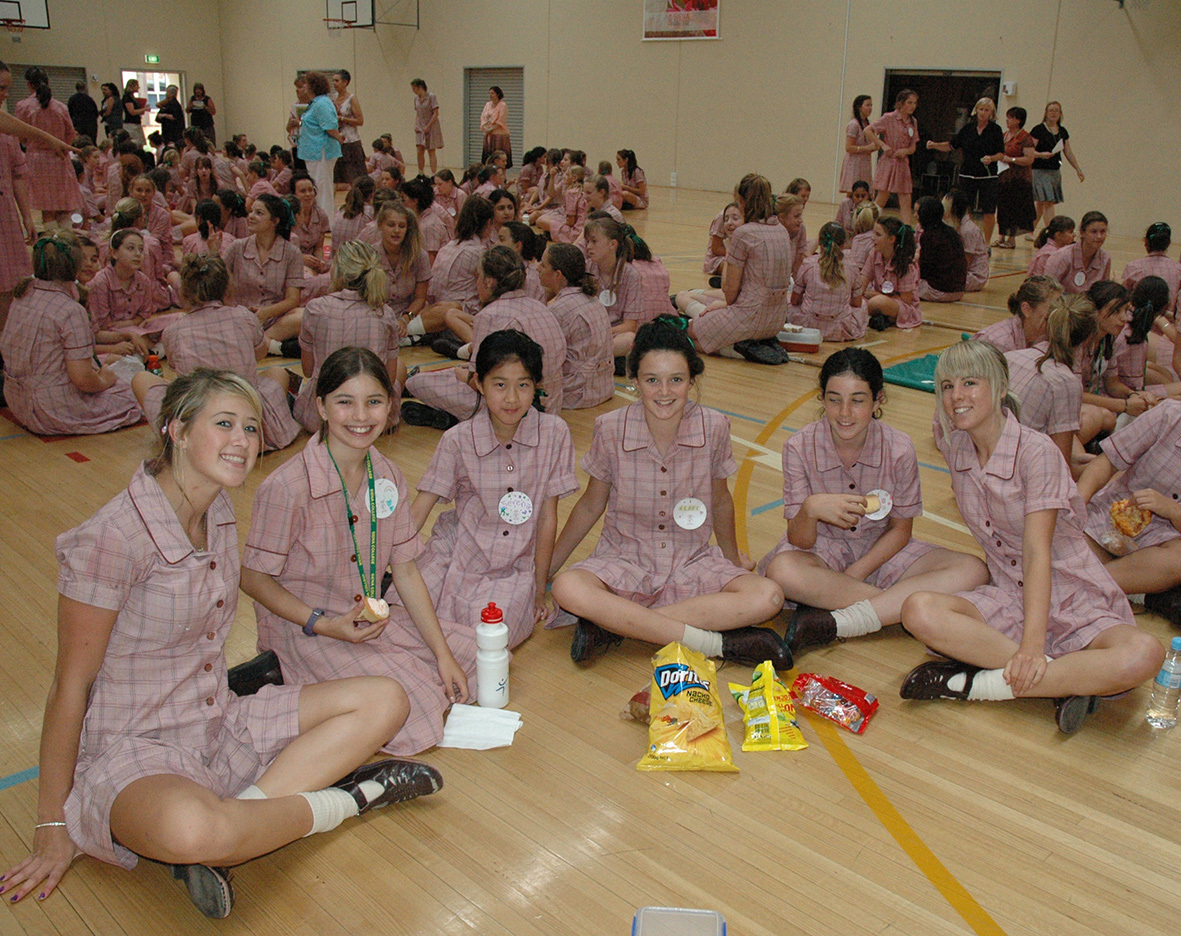
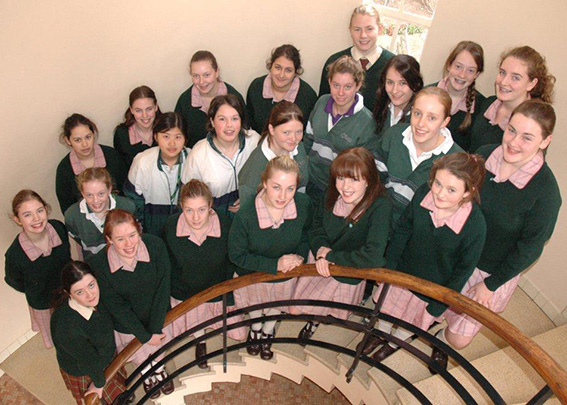
Student enrolments increased from 706 to 724 in 2014.
The College undertook major refurbishment of existing classrooms with the Thomas Aquinas Learning Centre opening in 2011.
In 2013, a new College uniform was introduced to incorporate the Dominican black and white colours. The rust blazer was retained.
The College joined Girls’ Sport Victoria Association.
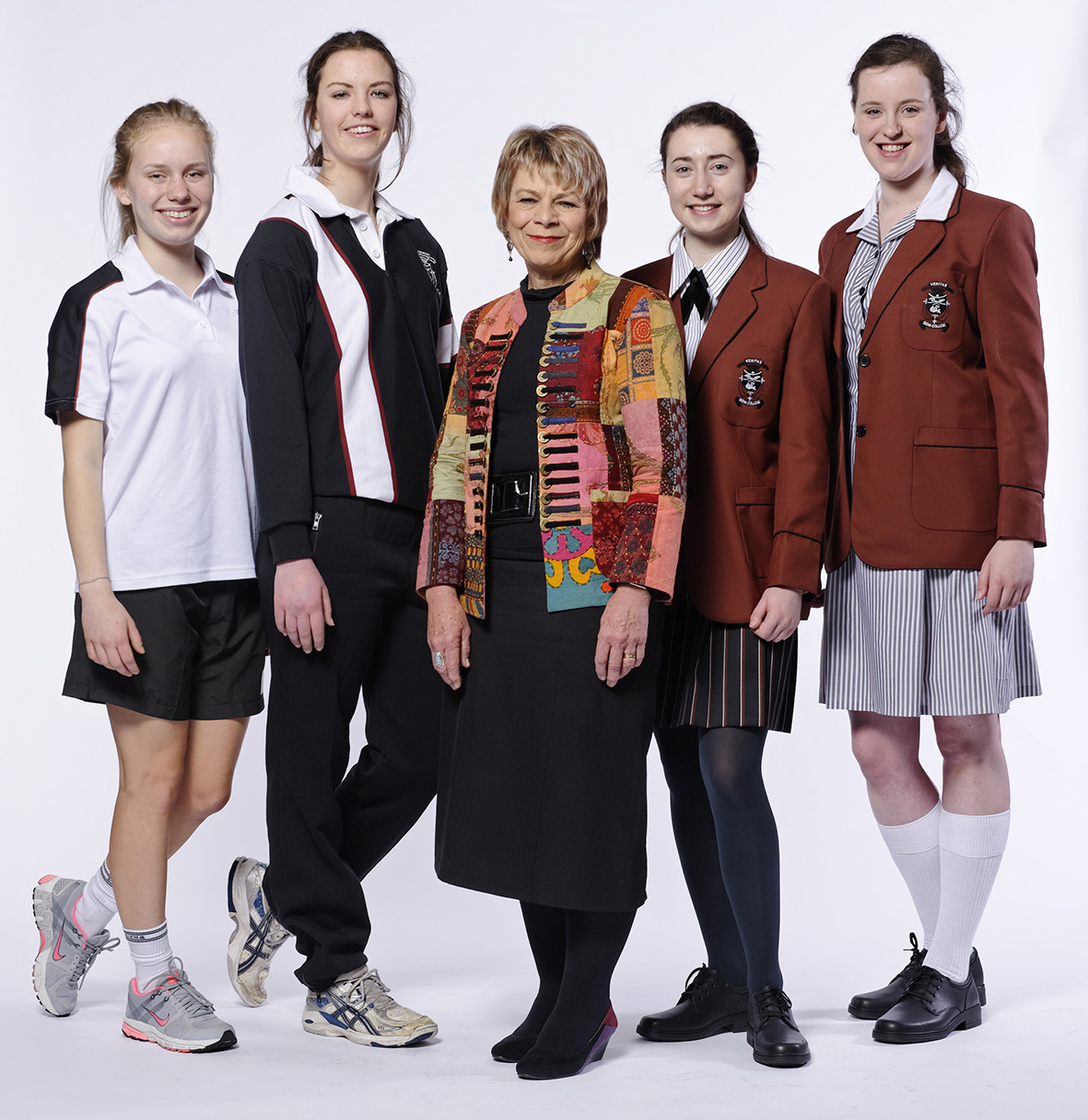
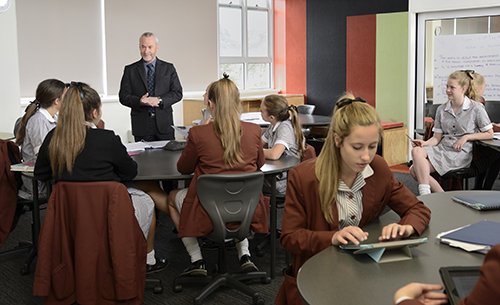
Student enrolments reached nearly 800 with approximately 120 staff members.
A new three storey student centre, named St Catherine Centre, was opened as part of the 75th anniversary celebrations in late 2015.
Students started wearing the new College uniform in 2015.
91ԭ�� celebrated 75 years of Catholic education in the Dominican tradition in 2015, 800 years of the Dominican Order in 2016 and the 150th anniversary of the Dominican Sisters arrival in Australia in 2017.
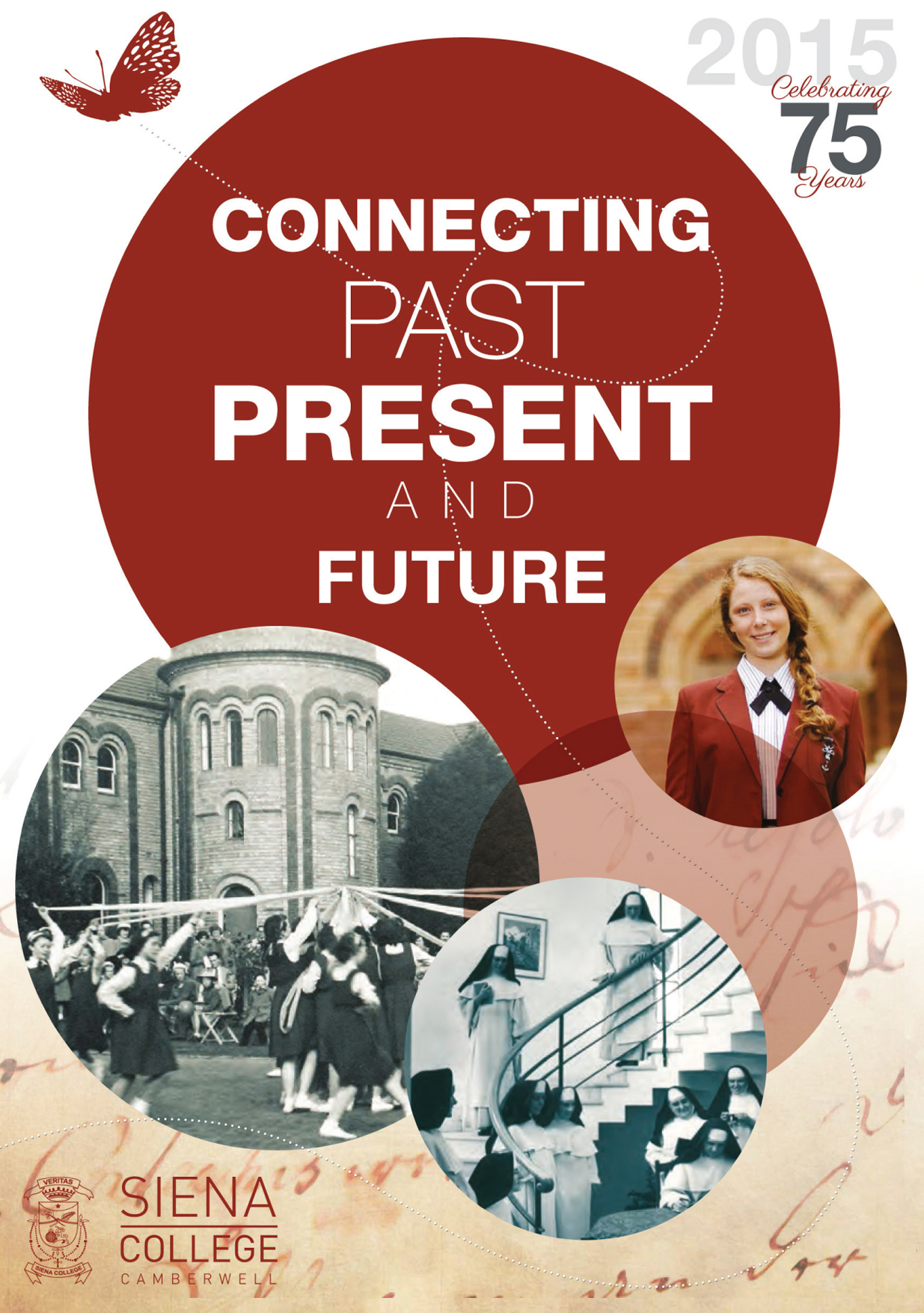
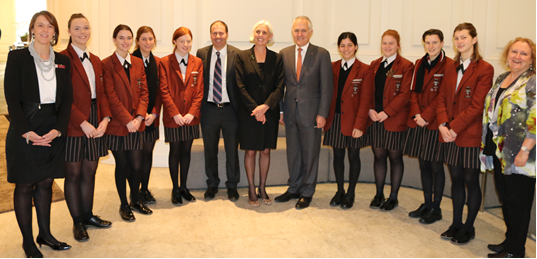
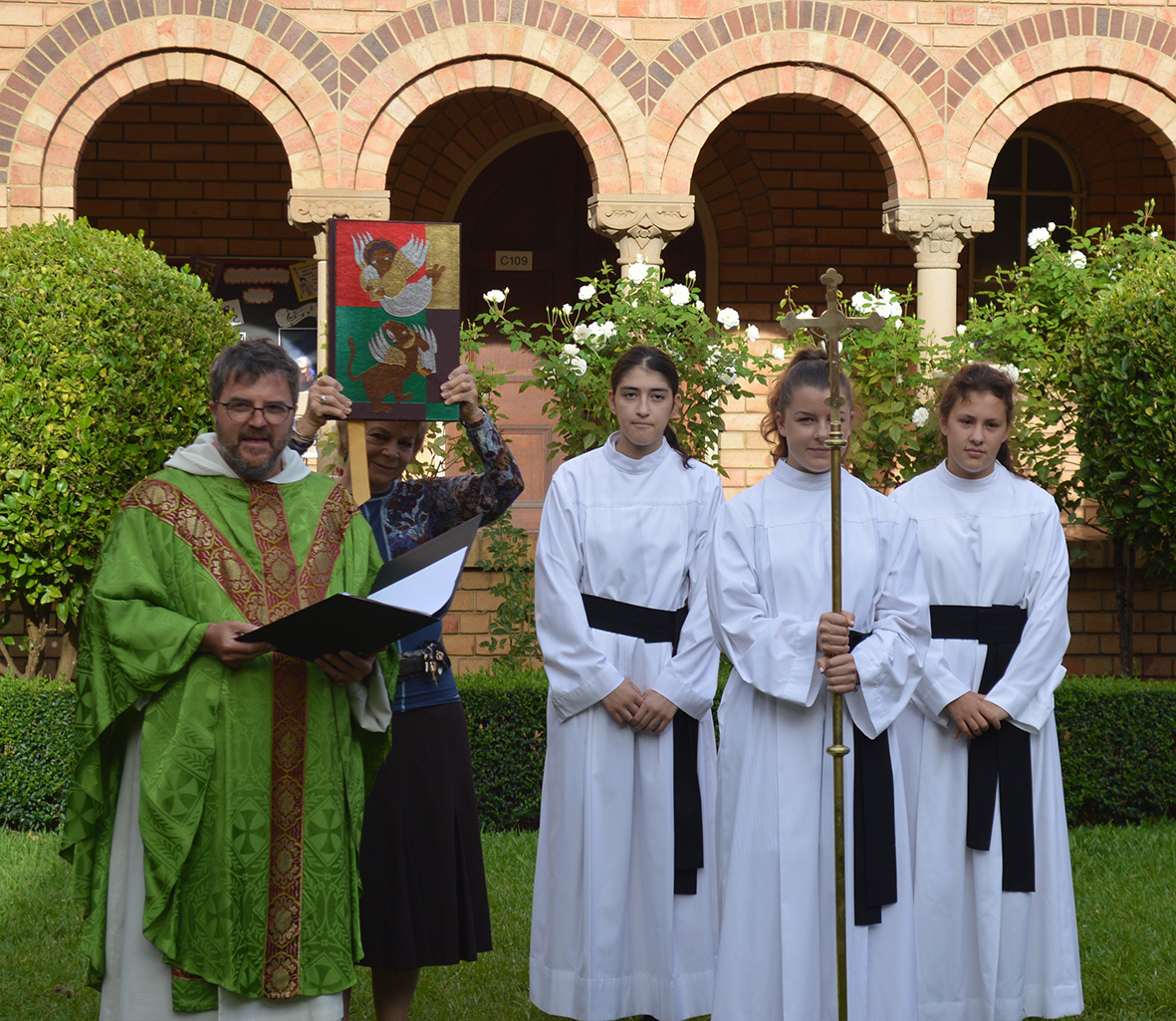
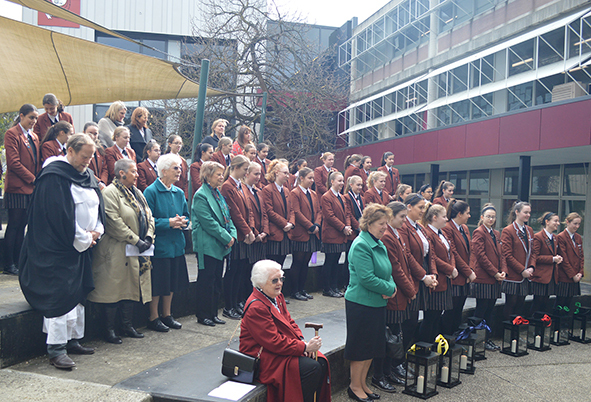
80th anniversary celebrations led by newly appointed College Principal, Elizabeth Hanney in 2020.
The COVID-19 pandemic has created lasting impacts on the world for the first few years of the new decade.
Due to state-wide lockdown restrictions, the College transitioned to remote learning. Microsoft Teams is utilised for student learning, while Zoom is used for parent communication.
In 2021, onsite learning resumed and face masks became mandatory.
Staff creativity and ingenuity allowed students to continue with the House events, Music and Sport cocurricular programs, as well as a Virtual Graduation.
91ԭ�� is committed to three of the Sustainable Development Goals for the future – Affordable and clean energy; Sustainable cities and communities; and Climate Action.
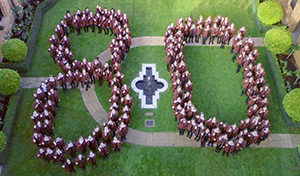
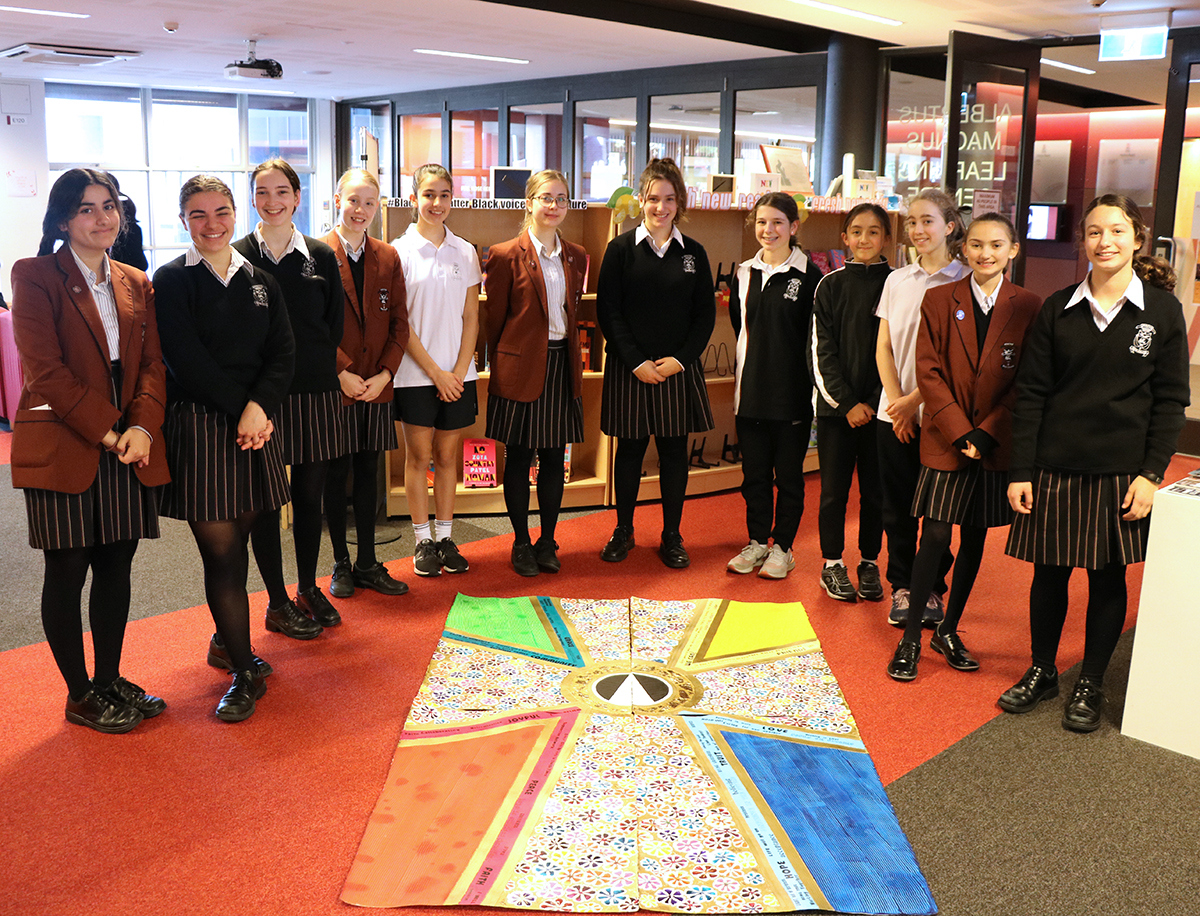
91ԭ�� Archives acquires and keeps records and artefacts, which document the unique history and culture of our Dominican Convent and College. Our purpose is to preserve the collective memory of the College and share the stories with our Siena community. Our holdings include non-current records, memorabilia, uniforms, photographs, yearbooks and other items related to the history and life of the College.
The Heritage Centre is situated within the Convent. It serves as a meeting place for alumnae and visitors and provides a permanent exhibition space for our heritage collection.
91ԭ�� Archives provides access to the historical holdings of the College to students, staff and the wider community for research purposes.
Our heritage collection continues to grow thanks to the generous donations of past and present staff and students, as well as the wider community. If you wish to donate memorabilia, please contact the archivist.
The College Archives is open during school terms and the archivist is available to assist with all enquiries, research requests and donations. Please contact the College Archivist, Marian Jenkinson via email or phone the College on 9835 0200.